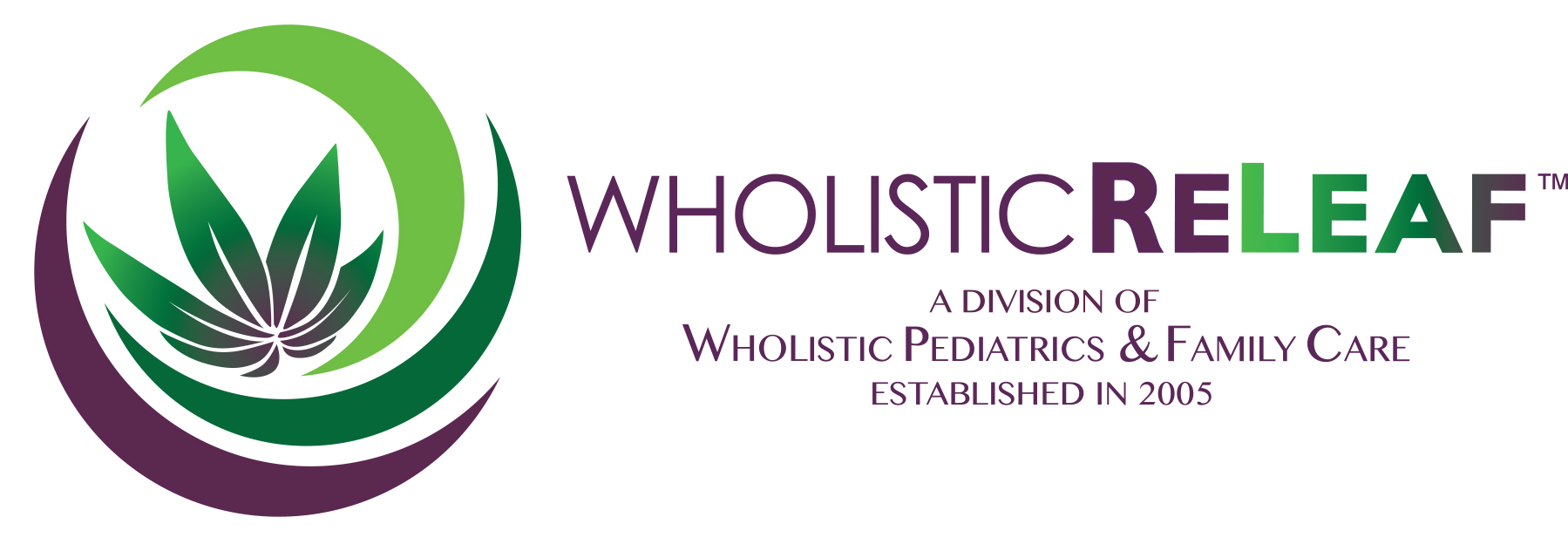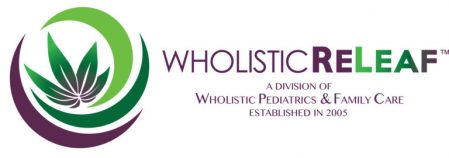by PATSY GIARDA, APRN, CPNP
 As time passes, it is becoming even more clear that COVID-19 is not going anywhere anytime soon and we have to figure out how to work our lives around it. We know physical distancing and avoiding environments where viral particles are more easily spread (such as indoors) is the most fool-proof way to prevent the spread of SARS-CoV-2 (the virus that causes COVID-19). But if there is a situation where one must be in closer proximity to others, it is important to discuss the proper use of face masks and their role in slowing the spread of Coronavirus. Before discussing the role of face masks in public places, we want to remind everyone the Centers for Disease Control and Prevention (“CDC”) continues to recommend anyone displaying COVID-19 symptoms remain at home and contact their healthcare provider for further guidance on testing and symptom management. Symptoms associated with COVID-19 are varied, as the CDC discusses here: Symptoms of Coronavirus. To slow the spread of the virus, the CDC has recommended the use of cloth face coverings (see About Cloth Face Coverings). Some municipalities, including Hillsborough and Pinellas have mandated face-coverings be worn in public places where physical distancing can not be assured. This guidance is intended to help prevent virus transmission by those who may be asymptomatic (infected with the virus but having no symptoms); pre-symptomatic (the several day period before symptoms arise when someone can be contagious); or symptomatic (exhibiting flu-like or other symptoms, but not to the level people typically seek medical care). Proper use of a face covering can significantly reduce the spread of SARS-CoV-2 by slowing the spread of respiratory droplets found in coughs and sneezes. Face masks also reduce respiratory aerosols that linger in the air much longer due to their smaller particle size, such as what occurs through breathing and talking (see Mounting evidence suggests coronavirus is airborne — but health advice has not caught up). Here is a summary of some of the most important information regarding face coverings: *We have heard concerns expressed that wearing a mask could possibly cause blood oxygen levels to be lowered. Patsy, Ethan, and Dr. David tested this by wearing different types of masks (N95, KN95, and a surgical mask) for several minutes while recording blood levels through a pulse oximeter. They compared this to levels recorded several minutes before wearing the mask and several minutes after wearing the mask. None of the masks resulted in a lower percentage of oxygen in the blood. *For face coverings to be effective, they must be properly worn and removed. Face coverings (masks, bandanas, scarfs, etc.) should be secured snuggly over the mouth and nose at all times when worn. If the nose or mouth can be seen, the covering is not doing its intended job. A reusable face covering should be removed carefully by using the ear loops or tie strings. The CDC recommends cloth face coverings be washedafter each use (see How to Wash Cloth Face Coverings). *Face shields, a curved plastic or Plexiglas panel that can be worn over the face, are an alternative face covering that is growing in popularity, especially for those who have difficulty wearing coverings that rest directly on the face. We are further investigating the effectiveness of face shields, but believe they will likely have a viable role (see Will a Face Shield Protect You From the Coronavirus?; Some Experts Say Face Shields Better Than Masks for Coronavirus Protection). *Neck gaiters alone are likely too porous to provide adequate protection; though they are likely better than nothing. However, we have reports that neck gaiters are often more comfortable and are able to be worn for long periods of time (many can even be moistened, which allows for good cooling while wearing). A neck gaiter can be worn under a face shield or mask, and may make wearing the mask more tolerable since the mask would not directly touch the face. *Surgical masks or N95 masks are not recommended (unless directed by your provider) because they are still not widely available and the supply is being reserved for healthcare professionals with direct contact with SARS-CoV-2 positive patients. *Face coverings are not necessary if a person is outdoors and can maintain the recommended 6-foot physical distancing from others. Face coverings are especially important indoors when at least 6-feet in distancing is unpredictable, such as in a pharmacy or grocery store setting (see Use of Cloth Face Coverings to Help Slow the Spread of COVID-19). *When possible, limit the length of time spent in confined public spaces. This is especially true of indoor dining, where wearing a mask while eating is not possible. Even in locations where indoor dining is being permitted, because of questionable ventilation, it still may not be a good decision to remove your mask to eat indoors. Places of worship can also pose particular issues as people are often in the same room for long periods of time and services often include singing or chanting. To better understand how viral particles are spread through breathing, talking, singing, coughing, and sneezing, and how air flow inside a building can be impactful (see The Risks – Know Them – Avoid Them). *The American Academy of Pediatrics (the “AAP”) recommends children over the age of two-years-old wear a mask to prevent unknowingly spreading of the virus to others. Young children may understandably be scared or resistant to wearing a face covering. Practicing wearing a mask over the summer will increase the likelihood children will be more comfortably wearing them if in-person schooling occurs in the fall. The AAP has offered helpful tips, such as successfully introducing children to face coverings, including first putting one on a stuffed animal and decorating them to make them more fun. Here are some helpful pediatric resources: ~Cloth Face Coverings for Children During COVID-19 (article). ~Making Masks Fun: Tips for Helping Your Child Wear a Face Mask (video) *An exception to wearing face coverings should be made for special circumstances that result in intolerance or noncompliance, such as a developmentally-delayed child or adult who can not keep the mask on. Special needs children and adults unwilling to wear a mask should not be forced to. Instead, physical distancing becomes even more important. As for our office policy on face coverings, Wholistic Pediatrics & Family Care acknowledges the importance of wearing masks indoors and, for the time being except under special circumstances, require face coverings for patients and visitors over two-years-old. Our primary goal of helping to protect our patients and staff through the duration of the COVID-19 pandemic, while continuing to provide the superior care our patients expect. We hope you and your loved ones are finding comfortable ways to practice safe physical distancing during this difficult time. |

